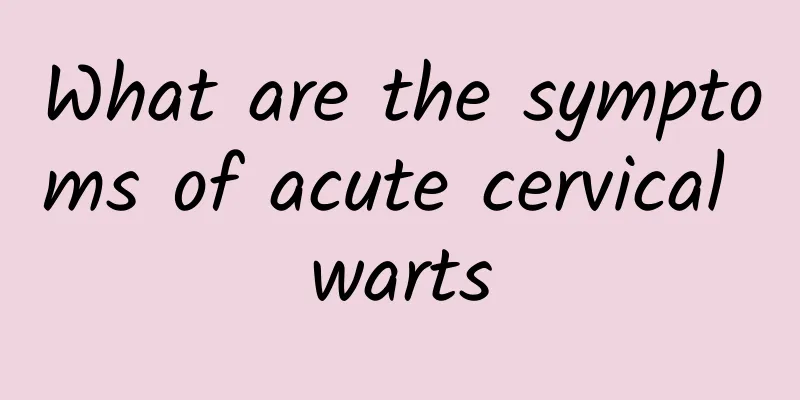Treatment of congenital absence of vagina

|
Congenital vaginal embryos are obstructed by internal or external factors during development, or may be caused by abnormal development of the paramesonephric duct due to gene mutations (may have a family history). The most common patients are Rokitansky-Kustner-Hauser syndrome, which is characterized by normal female chromosome karyotype, normal systemic growth and development of female secondary sexual characteristics, normal vulva, vaginal absence, uterine development (only bihorn remnants), small fallopian tubes, and normal ovarian development and function. Testicular feminization (androgen insensitivity syndrome) patients are relatively rare. Very few are true hermaphroditism or gonadal dysgenesis. The principle of treatment for congenital absence of vagina is to reconstruct the vagina. There are various methods for artificial vaginal formation, including non-surgical treatment, which is to use the means of top pressure to gradually push the closed vestibular mucosa in the normal vaginal position toward the head end along the vaginal axis to form an artificial cavity. This method requires a long treatment time and the artificial vagina formed is short. If the tissue elasticity is poor, it is difficult to succeed. It is now basically abandoned and rarely used. Surgical treatment mainly separates the urethra, bladder and rectum to form an artificial cavity, and uses different methods to find an appropriate cavity wound covering to reconstruct the vagina. In previous years, the most common method used was the patient's own medium-thickness free skin grafting method, but after surgery, a hard vaginal mold needs to be used for a long time to expand the artificial vagina to prevent the artificial cavity covered by the grafted skin from contracting, which increases the patient's pain and brings great inconvenience to work and life. Moreover, the difference in the characteristics of skin and mucosal tissues is too great, and it does not meet physiological requirements, which is its biggest disadvantage. Vaginoplasty using labia skin flaps destroys the normal vulva morphology and is often rejected by patients. Reconstruction using sigmoid colon or ileum segments increases the complexity of the operation. Using amniotic membrane or pelvic peritoneum to cover also has its own disadvantages. Therefore, although there are many methods, there is still no very ideal shaping surgery. The choice should be mainly based on the patient's vulvar local anatomy and other specific clinical conditions. In recent years, with the progress of microsurgery, vascularized myocutaneous flaps have been used to cover the cavity, opening up a new way for this operation. Its advantages and disadvantages need to be promoted before a conclusion can be drawn. When the paramesonephric duct is seriously dysplastic, there is often incomplete renal rotation, low migration of the kidney, or migration to the pelvic cavity, forming pelvic kidney, horseshoe kidney, transboundary renal ectopia (two kidneys are located on the same side of the body), renal agenesis, renal insufficiency and other urinary tract malformations. Literature reports that renal malformations account for more than 30% of RKH syndrome. Therefore, when vaginoplasty is performed on cases of congenital absence of vagina, intravenous pyelography should be performed before the operation to be alert to the presence of the above malformations and avoid surgical injuries. In addition, patients with this disease also have skeletal deformities, accounting for about 10%, including spina bifida, sacral occult fracture, vertebral fusion and spinal non-segmentation. |
<<: What is the best treatment for congenital absence of vagina?
>>: How to treat congenital absence of vagina
Recommend
Is threatened miscarriage contagious?
Threatened abortion is a big blow to expectant mo...
There are many causes of postmenopausal bleeding
Secondary menopause refers to a condition in whic...
Does candidal vaginitis have any impact on children?
Does candidal vaginitis have any impact on childr...
What's wrong with breast pain due to missed menstruation?
What's wrong with breast pain due to missed m...
The difference between taking medicine for dysmenorrhea and enduring it
The difference between taking medicine for dysmen...
What are the signs of cervical warts?
Knowing the signs of cervical warts is very helpf...
Health care measures for patients with congenital absence of vagina
In life, people should pay attention to the impac...
Paying attention to the precautions after abortion is the most important thing
In today's society, the most concerned thing ...
How does Sophora flavescens gel treat cervical erosion? Detailed description of the efficacy of Sophora flavescens gel in treating cervical erosion
Cervical erosion is a common disease among women....
You can also get a six-pack while watching TV series at home! Learn these 3 tips to exercise without going out
During holidays, many people don’t want to go out...
What is the cause of vulvar itching during ovulation and how to deal with it
Common causes of vulvar itching during ovulation ...
How to prevent vulvar leukoplakia
Vulvar leukoplakia seriously affects the patient&...
Can dysmenorrhea cause female infertility?
Nowadays, many people simply regard dysmenorrhea ...
3 Minimally Invasive Treatments for Uterine Fibroids
Uterine fibroids are a very common gynecological ...
Can a pregnant woman with cervical warts give birth naturally?
We can find that in recent years, the number of p...









